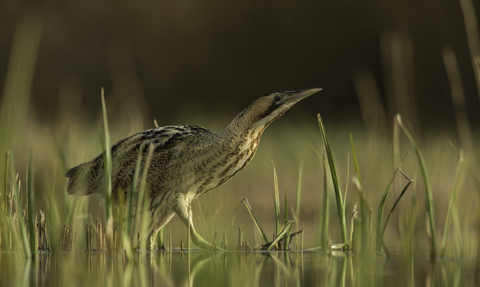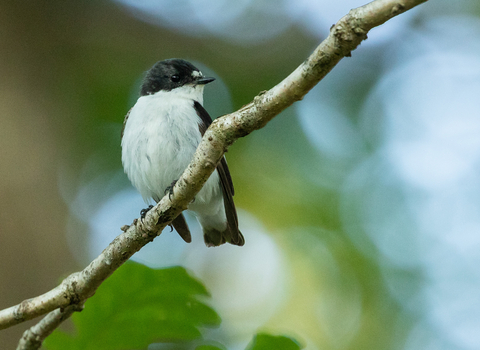
WildNet - Jamie Hall
Nature Recovery Fund: bringing back wildlife
Our wildlife has declined both in abundance - in England by 32% on average since 1970 – and in diversity, with nearly one in six species now threatened with extinction from Great Britain. On our nature reserves, and beyond, we are creating and restoring habitats to support threatened species.
Case Study: wildlife in the Lugg Valley Wetlands
At Bodenham Lake, we have been increasing the acres of reedbed, an increasingly rare habitat which is important for species including frogs and toads, otter and birds including Cetti’s warbler and reed bunting. Reedbed is also the key habitat for bittern, a bird we would love to hear booming in the Lugg Valley!
While we have made great progress at Bodenham Lake, additional funding could support us to work with more landowners along the valley to expand this habitat and create a network of Lugg Valley Wetlands.
Nature Recovery Fund
Case study: wildlife pond networks
Over the last decade, we have led and collaborated on a number of projects restoring ponds across the county from a suite of ponds across Bringsty Common to Ice Age ponds across northwest Herefordshire. This work has supported many pond species to retain and grow populations in the county such as the emerald dragonfly, great-crested newt, bogbean, tubular water dropwort and bat species that rely on ponds for foraging,
To build on the work of these successful projects, we need to develop new projects and work with landowners to support them to manage their ponds for biodiversity.

Pied flycatcher (c) Ben Porter
Nature Recovery Fund
More nature, everywhere: raising a million pounds to restore Herefordshire’s wildlife








